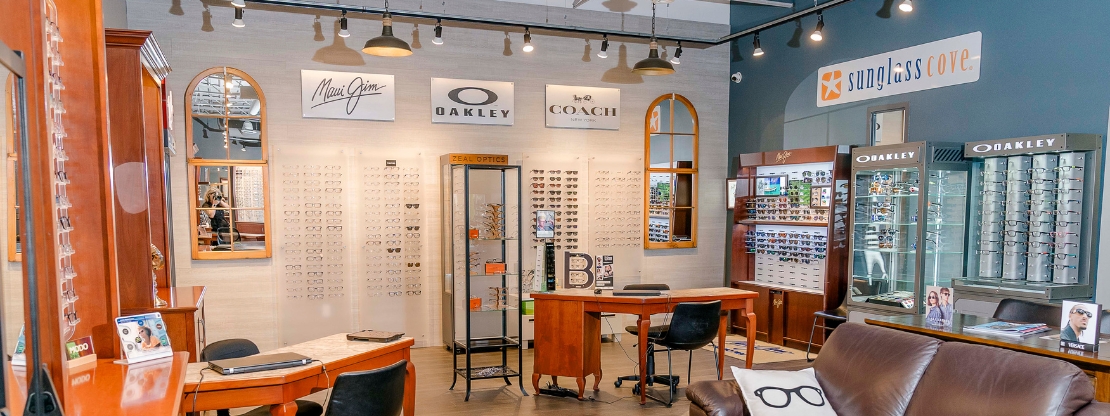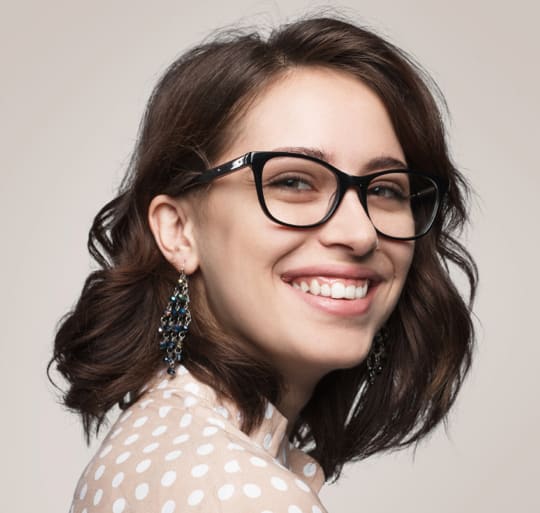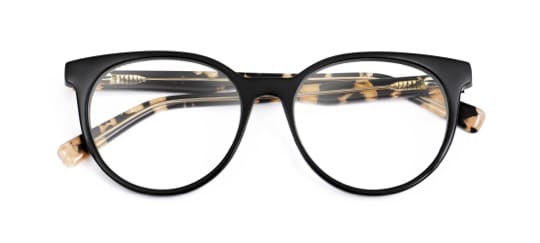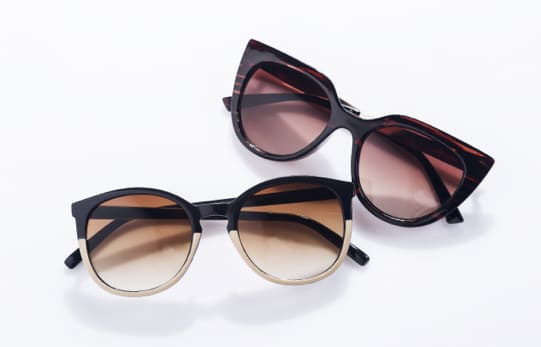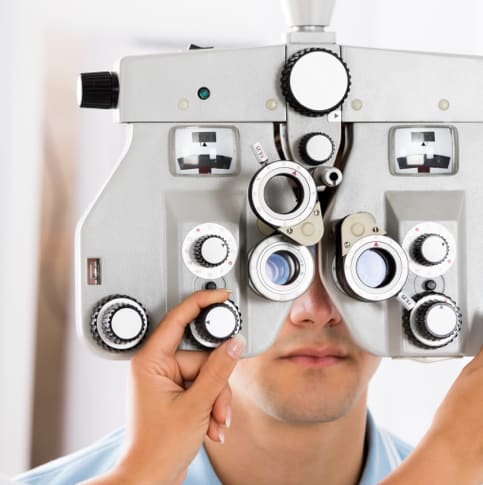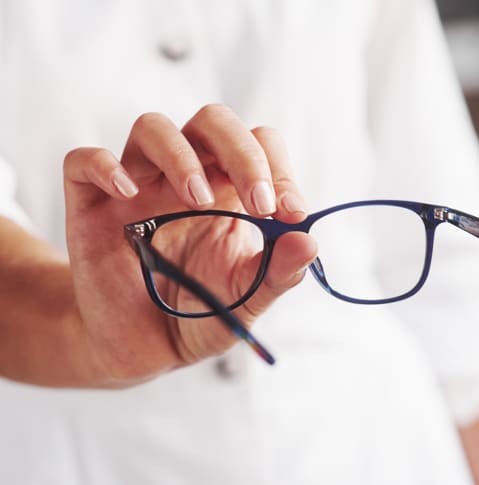Myopia, also called nearsightedness, is an eye condition where objects seen at a distance are blurry, but objects seen up close remain clear. It is a common condition that affects as many as 30% of Canadians.
Myopia is usually diagnosed in childhood. Myopia may get worse as a child progresses through adolescence, but it will usually stop progressing by the time a person reaches their 20s. In some rare cases, myopia can progress in the 30s and 40s. Myopia can be monitored through regular eye exams.
What Is Myopia?
Myopia occurs when the eyeball is too long, or when the front of the cornea is too curved. These structural issues lead to the lens being unable to focus light directly onto the retina at the back of the eye. When light is improperly focused on the retina, blurry vision results.
Myopia is becoming increasingly common, with about 30% of Canadians and as many as 90% of young Chinese adults being affected by the condition. It’s predicted that 50% of adults will have myopia by the year 2050.
Research indicates that the prevalence of myopia results, in large part, from children spending more time engaged in “near” activities. This means that they’re spending more time looking at things close to their face, such as when they’re reading or looking at screens.
High (strong) myopia can put individuals at a higher risk of developing other visual health issues later in life. Specifically, those with high myopia are at a higher risk of developing eye conditions like:
Are There Different Kinds of Myopia?
There are two general kinds of myopia. First, there is myopia, which is the kind of myopia that usually comes to mind.. This kind of myopia appears in childhood and doesn’t get worse once a person reaches young adulthood. Myopia can be managed by wearing glasses and contacts with prescription lenses.
The other kind of myopia is called pathologic myopia. Pathologic myopia affects as many as 3% of adults. Pathologic myopia is different from myopia because it is degenerative. This means that pathologic myopia gets progressively worse in adulthood; it can lead to severe vision loss without medical intervention.
When Does Myopia Develop?
Myopia is usually diagnosed in childhood. In most cases, myopia will be diagnosed before the age of 12, but it can be diagnosed as early as 3 years old. An early diagnosis of myopia is crucial for a child’s academic success, as visual health is crucial for academic success in general.
Myopia may progressively get worse as a child progresses through childhood and their teenage years. To monitor the progression of a child’s myopia, it’s important to make sure they’re undergoing annual eye exams and having their prescription updated.
Once a person reaches their early 20s, their eyes will stop growing. Once the eyes stop growing, a person’s myopia usually stabilizes and stops getting worse. In cases of pathologic myopia, the myopia may continue to progress and require medical interventions.
What Are the Symptoms of Myopia?
The most common symptom of myopia is struggling to see objects that are far away. However, children don’t always realize that struggling to see far-away objects is abnormal. Some other symptoms that indicate a child may have myopia include:
- Complaints of headaches and eye strain.
- Squinting while looking at distant objects.
- Fatigue after doing activities that require distance vision.
- Holding items close to the face or moving to be closer to objects.
- Short attention span
- Academic struggles
Can You Treat Myopia?
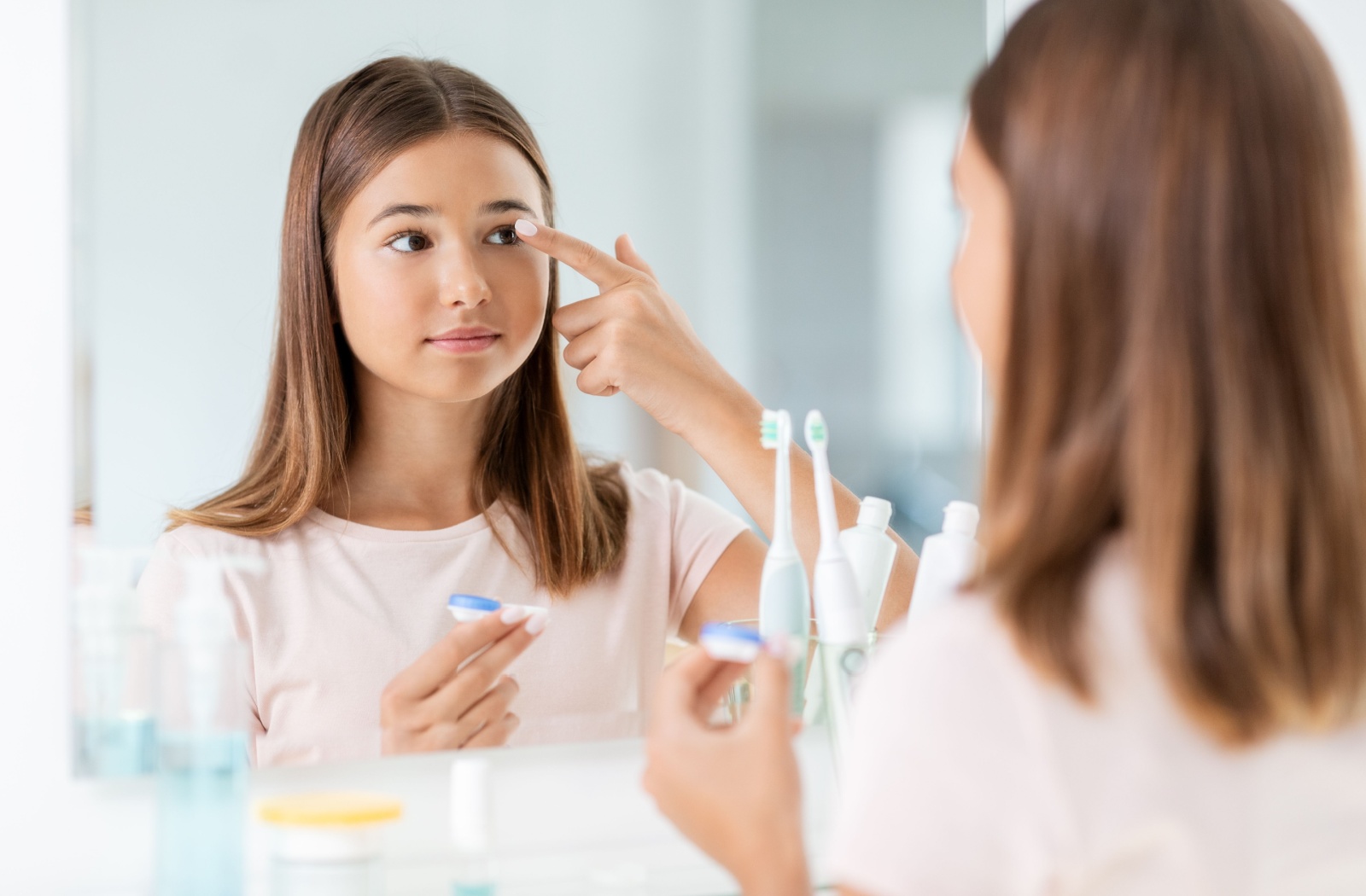
Luckily, myopia can be treated in both children and adults. You should consult your optometrist to find the best myopia solution for you.
Myopia Prevention
Some steps can be taken to potentially reduce the risk for children of developing myopia. There are two lifestyle choices that eye care professionals believe can reduce the risk of myopia. The first is increased exposure to the outdoors. Research has shown that regular time spent outdoors can reduce the risk of myopia in children.
The second way that parents can reduce the risk of their children developing myopia is by restricting screen time. Some studies have linked screen time to an increased risk of myopia. By reducing screen time, you are also reducing the amount of near activities a child is doing, and near activities are linked to myopia risk.
Myopia Treatment
Following a myopia diagnosis, there are several treatments available to both children and adults. Some of these treatments and myopia control options include:
- Corneal Refractive Therapy (CRT) & Orthokeratology lenses are contact lenses worn overnight to reshape the cornea and help with myopia.
- Prescription eyeglasses and contact lenses can be used to improve vision.
- In cases of pathologic myopia, surgery may also be an option. An ophthalmologist should be consulted if this is the case.
Finding a Solution for Your Myopia
Myopia can cause significant impairment for children and adults in their day-to-day lives, but it doesn’t have to. Through regular eye exams and collaborating with your optometrist, you can manage your myopia and maintain clear vision.
At Oxford Optometry, we want to help you find a solution for your myopia concerns. To learn more about our myopia treatment options and how our knowledgeable staff can help you, book an appointment with us today!



